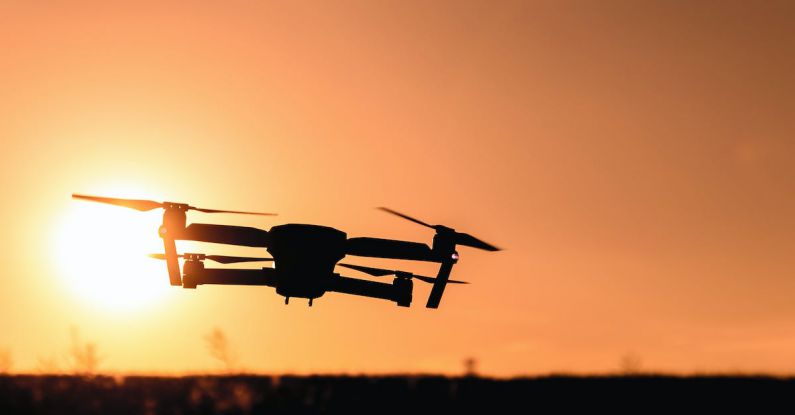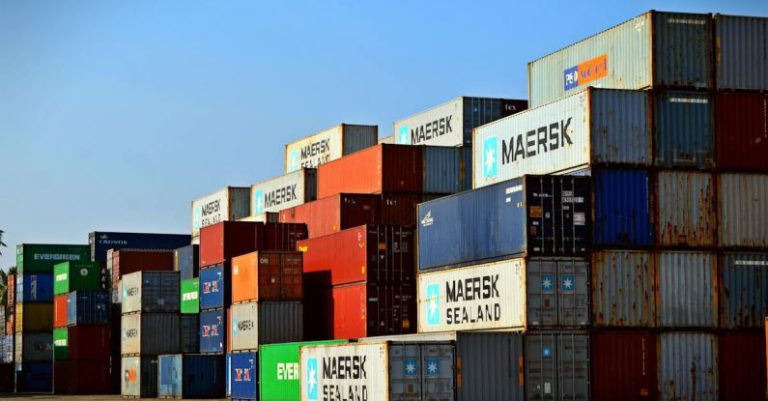When Will Drones Change Delivery Services?
The use of drones in delivery services has been a topic of discussion for several years now. With the rapid advancement of technology, it seems like a logical step to incorporate drones into the delivery process. However, there are still several obstacles that need to be overcome before drones can fully revolutionize the delivery industry.
Regulatory Challenges
One of the major hurdles that delivery drones face is the strict regulations imposed by aviation authorities. In many countries, drones are subject to specific height and weight restrictions, as well as limitations on where they can be flown. These regulations are in place to ensure the safety of both the drones and other airspace users. However, they also limit the potential of drones to be used for delivery services.
Companies such as Amazon and Google have been working closely with aviation authorities to develop regulations that will allow for the safe and efficient use of drones in delivery services. In the United States, the Federal Aviation Administration (FAA) has already started issuing permits for limited drone deliveries. This indicates that progress is being made, but it will still take some time before drones can be widely used for deliveries.
Technological Limitations
While drones have come a long way in terms of their capabilities, there are still some technological limitations that need to be addressed. One of the main challenges is the limited battery life of drones. Most commercial drones have a flight time of around 20-30 minutes, which is not sufficient for delivering packages over long distances.
To overcome this limitation, companies are exploring options such as using charging stations along delivery routes or developing drones with longer flight times. Additionally, drones need to be equipped with advanced navigation systems to ensure safe and accurate deliveries. This requires the development of sophisticated algorithms that can handle various weather conditions and obstacles.
Infrastructure Requirements
Another factor that needs to be considered is the infrastructure required to support drone deliveries. Traditional delivery methods rely on established networks of warehouses, distribution centers, and delivery vehicles. Drones will require a different infrastructure, with dedicated landing pads and charging stations.
In rural areas, where distances between delivery locations are greater, establishing such a network may be more challenging. Additionally, drones will need to be protected from theft and vandalism, which may require the development of secure storage facilities. All of these infrastructure requirements will need to be addressed before drones can become a viable option for delivery services.
The Future of Drone Deliveries
Despite the challenges, there is no doubt that drones have the potential to revolutionize the delivery industry. The ability to deliver packages quickly and efficiently, particularly in urban areas, can significantly improve the customer experience. Drones can also help reduce traffic congestion and carbon emissions associated with traditional delivery methods.
As technology continues to advance and regulations become more favorable, we can expect to see an increase in the use of drones for delivery services. Companies are investing heavily in research and development to overcome the current limitations of drones. It is only a matter of time before we start seeing drones buzzing through the skies, delivering packages to our doorsteps.
In conclusion, while there are still several hurdles to overcome, drones have the potential to change the delivery industry as we know it. Regulatory challenges, technological limitations, and infrastructure requirements are all factors that need to be addressed before drones can become a mainstream delivery method. However, with ongoing advancements in technology and collaboration between companies and aviation authorities, the future of drone deliveries looks promising.






